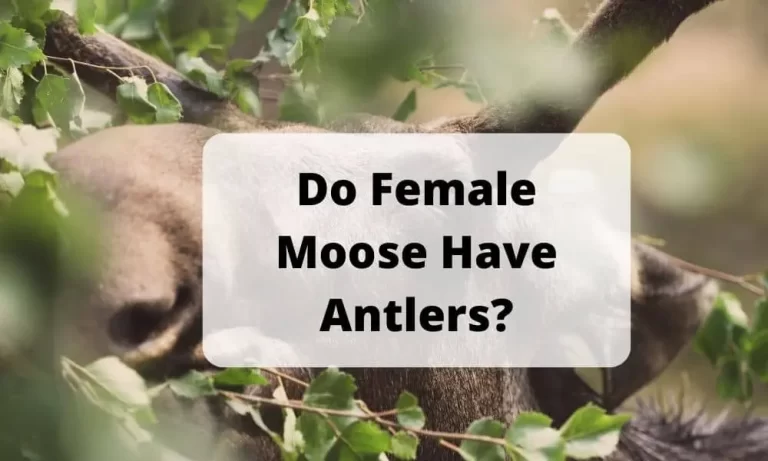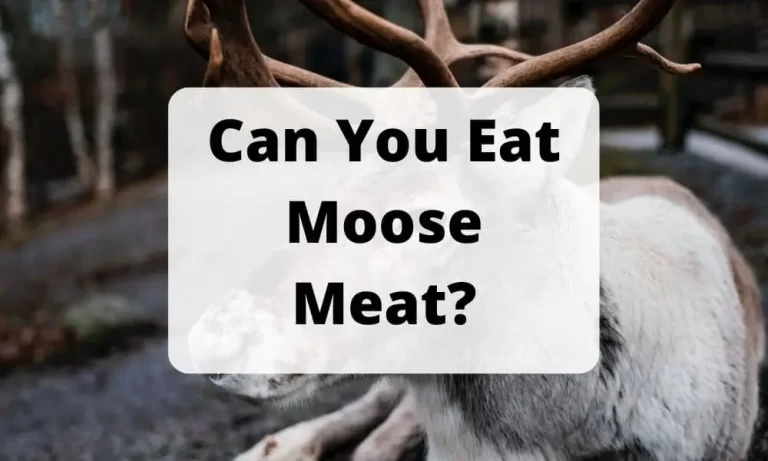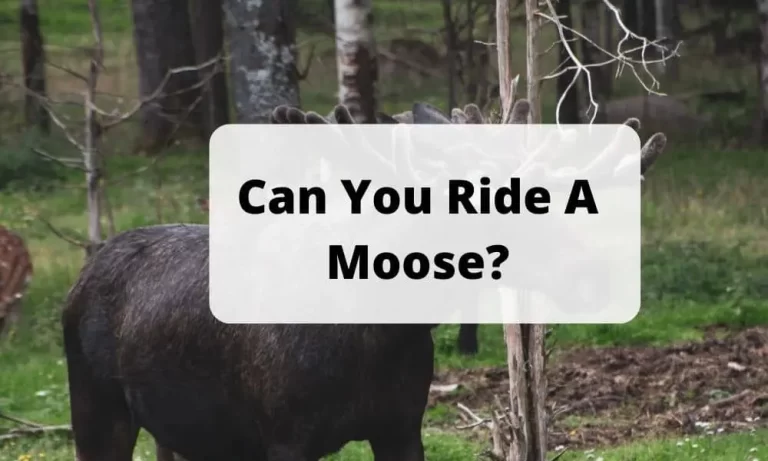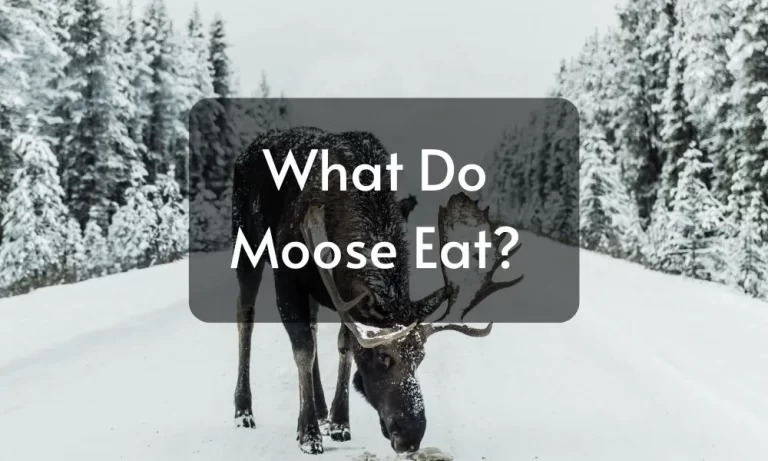Do Moose Migrate? Everything You Need to Know
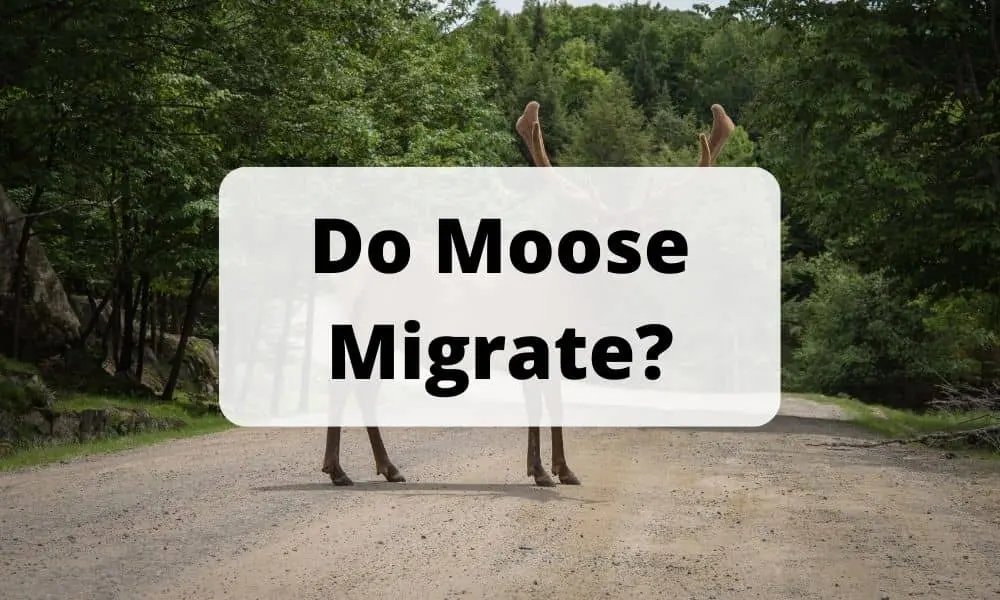
Species can become more robust, healthier, and more adaptive due to their capacity to migrate to seasonal environments. The same thing goes for the moose migration; Moose used to migrate from one place to another due to environmental changes.[acf field=”Schema”]
Moose need to change their living place in summer and winter. According to moose migration patterns in other regions of the world, the Moose migrate to higher elevations for the winter and back down again during the spring. The same herd has followed the same moose migratory paths for over a decade in this area.
Here we will talk about the Moose migration in detail;
Where Did The Moose Live From Ancient Times?
Moose can be found in many places in the United States, from Washington to Northern New England. A long time ago, there were even more moose in some places than there were deer! Moose used to live in a lot of New Hampshire before people came from Europe. They lived in a big area from the Canadian border to the coast. Depending on the season, a moose might live in an area that is less than one square mile or as big as twenty-five square miles!
Moose numbers in New Hampshire had dwindled to 15 by the mid-nineteenth century. As the moose population grew smaller and Moose destroyed their habitat, they were forced to relocate. The Moose herd began to show signs of recovery. It has transformed moose habitat thanks to the regrowth of old and new cropland and changes in forest management methods.
There were around 1,600 moose in New Hampshire when the first moose hunt took place in 1988. Approximately 3,500 people have lived there since then. The public’s goal for fewer moose-car incidents led to around half of the drop.
The remainder stems from parasitic diseases such as winter tick and brain worm, both prevalent in the north. Every county in the state now has Moose, but they are most common in the North County Forests.
How Many Moose Die While Migrating?
Moose are killed in large numbers each year on the state’s roadways while migrating. They mix in the pavement’s black coloration with their dark color. If the drivers want to be safe at night and dusk, stick to a speed limit of 55 mph because you can pause with their beams’ lights.
Everywhere in the state, moose-vehicle accidents can happen. To avoid moose collisions, keep an eye out for the animals along the road and on both sides; travel at speed no higher than 55 mph when possible, and slow down if you spot a moose, so you’re ready to Brake for Moose.
Read More About: Moose Ride?
What Are The Food Habits And Habitats Of The Moose While Living And Migrating?
Leafy and flowering plants from both hardwood and softwood trees are the primary food sources for Moose. While migrating, they used to eat what they found on their way. The average Moose will consume 40-60 pounds of browse every day to stay healthy.
They like willows and other birches, aspen trees, and maples in the fall; they also eat the bark of other hardwoods such as maples and aspens. Moose consume the budding and new wooden foliage of these trees during the winter months.
During the summer time, moose eat a lot of plants that grow in the water and have lots of sodium. This is very important for their health! Mother moose like to stay close to water with their babies. That way, they can easily get away if there is danger. Even moose grown-ups like to go in the water in the summer time to avoid pesky mosquitoes and to stay cool.
Moose licks arise when salt from the road collects in moist spots along roadways. It is where moose get their salt fix by drinking the salty water. Wallows have formed by Bull Moose pawing out depressions in the ground and then urinating in them throughout the fall. Both bulls and cows would roll about in the wallow during the breeding season.
How Do Moose’s Dynamic Behaviors Help It In Migration?
Moose are energetic during the day, with energy peaks at dawn and dusk. They are most active at night. Moose are excellent swimmers, and they can be seen in and around rivers and streams. On land, they are extremely fast, reaching up to 35 miles per hour in some cases. They can trot steadily at a speed of 20 miles per hour.
Solitary and independent-moving Moose are among the most challenging animals to photograph. Occasionally, you can spot two or more individuals feeding together on the same stream. The mother and calf create a deep social tie that lasts a lifetime.
Where Would Moose Like To Migrate In Winter?
Moose thrive from habitats that provide abundant amounts of nutritious forage. According to research, forest fires result in substantially more nutritious regrowth than the regrowth formed by a chainsaw. Clear-cuts, in the absence of fire, provide an abundance of feed for deer.
Precise cuts on large tracts of land do not help Moose more than shorter, more dispersed cuts. Moose use an island to migrate untreated softwood and hardwood within huge clear-cuts to shelter from the elements during the winter. Moose use clear-cutting techniques until the plants get too large to reach, which takes 10-30 years.
They stay away from extensive regrowth, which would obstruct their mobility and vision. Moose frequently use beaver flowages as a watering hole for migration. It is beneficial to plant maple, birch, aspen, ash, or willow in various successive stages. It is possible to find moose habitat in a mosaic of mature mixed wood,
What Moose Used To Eat In Winter Migration?
When there is a lot of snow, moose have to expend a lot more energy to get to and avoid these foods during winter migration. Because their winter food is of inferior quality and supplies less energy than their summer diet, they must consume more.
When the weather is freezing and snow is deep, moose burn more power than they consume, resulting in many starvations. The moose will stay on paved roads and railroad tracks to preserve energy while migrating even in thick snow.
In addition to increasing the number of moose deaths, this also creates a dangerous situation for vehicles, skiers, dog mushers, and anybody else attempting to use the same route.
Conclusion
So, Moose can migrate. The primary reason behind this is the migration due to seasonal changes. Moose are migrating from their ancient time, and they used to migrate to the same places for years. Some of the facts of their migration are that Moose can swim for up to ten kilometers without resting, making them excellent swimmers.
Moose is the kind of animal which users spend most of their time alone. Mothers and calves, on the other hand, form a close attachment.
Other Posts:
